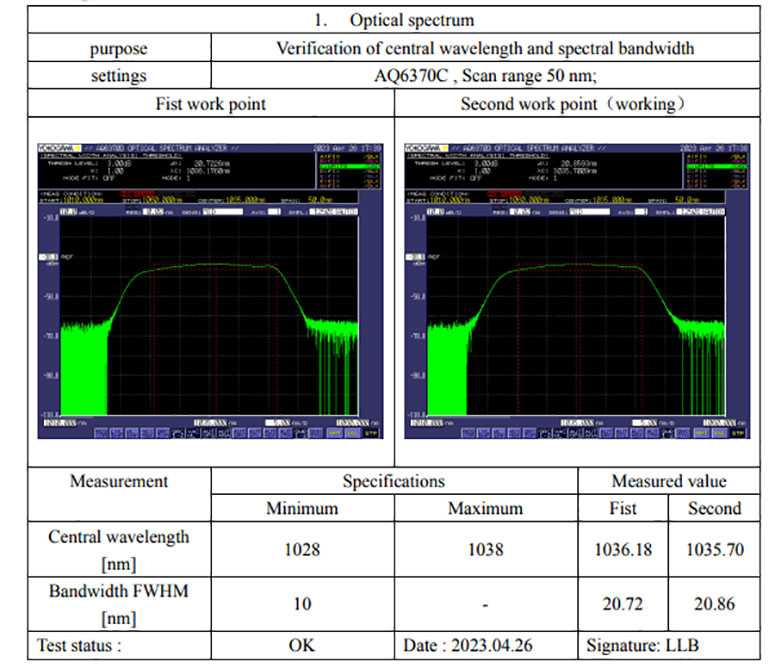The picosecond pulsed laser is a cutting-edge technology that has revolutionized various industries. With its ultra-short pulse duration, on the order of picoseconds (10^-12 seconds), this laser system offers unprecedented precision and control in material processing, medical treatments, and scientific research.
Advancements in Picosecond Pulsed Laser Technology
The development of picosecond pulsed lasers has opened up new possibilities for high-precision micromachining. By delivering energy pulses with durations shorter than the thermal relaxation time of materials, these lasers can ablate or modify target surfaces without causing significant heat damage to surrounding areas. This capability makes them ideal for applications such as semiconductor manufacturing, where precise material removal is crucial.
Furthermore, recent advancements have led to the integration of Optizone Technology into picosecond pulsed lasers. Optizone Technology enables dynamic beam shaping and adaptive optics control within the laser system itself. This innovation allows users to optimize beam quality and focusability based on specific application requirements, resulting in enhanced process efficiency and improved overall performance.
Optizone Technology: A Game-Changer
Optizone Technology represents a significant breakthrough in laser systems by providing real-time optimization capabilities during operation. By dynamically adjusting optical components within the laser cavity, it compensates for environmental factors such as temperature fluctuations or mechanical vibrations that may affect beam quality or stability.
This technology ensures consistent output power levels and beam profiles over extended periods of operation while minimizing downtime due to manual adjustments or recalibration procedures. As a result, industries relying on picosecond pulsed lasers can achieve higher productivity rates with reduced maintenance costs.
The Role of Optical Components
Optical components play a crucial role in the performance of picosecond pulsed lasers. High-quality lenses, mirrors, and beam splitters are essential for maintaining precise beam control and minimizing energy losses within the laser system.
Advancements in optical component manufacturing have led to improved surface quality, reduced scattering effects, and enhanced durability. These developments contribute to higher overall system efficiency and reliability while ensuring consistent output characteristics required for demanding applications such as ultrafast spectroscopy or ophthalmic surgeries.
Conclusion

Picosecond pulsed lasers equipped with Optizone Technology and high-quality optical components have revolutionized various industries by providing unprecedented precision, control, and versatility. The advancements in this technology have enabled more efficient material processing, medical treatments with minimal thermal damage, and groundbreaking scientific research.
The continuous development of picosecond pulsed lasers holds great promise for future technological advancements across multiple sectors. As researchers explore new applications and optimize existing processes further, we can expect even greater achievements driven by this remarkable technology.

